Fan-trained Stone Fruit Trees in Greenhouses
Having failed miserably in growing peach and apricot trees outside where they all succumbed to leaf curl (Taphrina deformans), we had to resort to growing them as fan-trained trees in our two greenhouses. Under these conditions, trees are protected from leaf curl. They may, however, be affected by glasshouse red spider mite (Tetranychus urticae). This pest can be controlled through a combination of rigorous greenhouse hygiene (see January 2018) and a high degree of humidity throughout the growing season.
Fan-trained trees require specific pruning to ensure reliable cropping as they can only grow in two dimensions and have access to sunlight from one direction only. Because of the warmth and humidity inside the greenhouses, they produce a lot of growth which needs to be carefully managed.
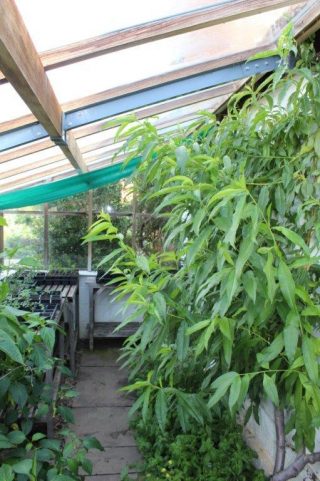
At the end of the summer, the tree has ample new growth. Old shoots will not produce any more fruit, and so are pruned off while new shoots are tied in. These will bear fruit in the next year.
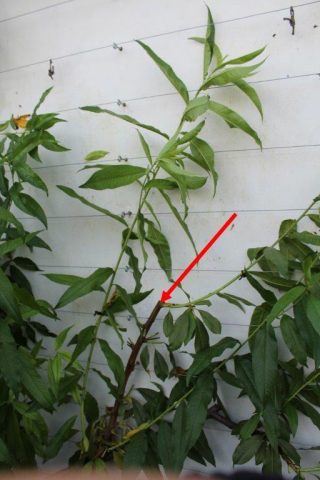
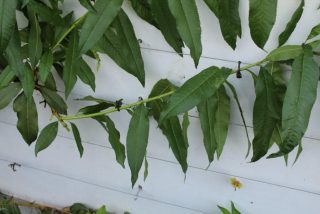
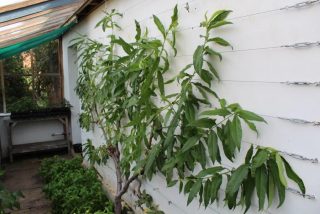
The fan structure is most apparent during the winter months, when the tree is bare.
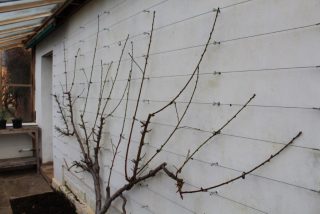
Greenhouse-grown fruit trees flower in the early spring when doors are kept shut to keep in the warmth. There is thus no pollination through insects. Instead, the flowers are hand-pollinated by Harry, the surrogate bee, using a fine paint brush.
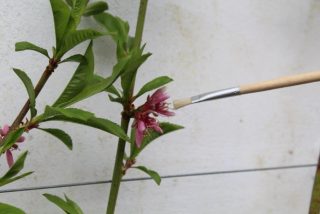
Once the fruit have formed, excess foliage must be removed to expose the fruit and provide access to sunlight.
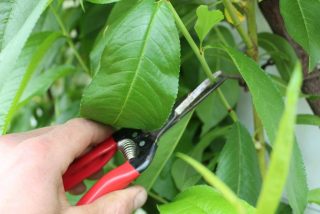
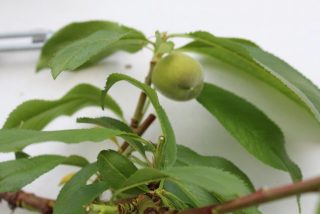
Finally, the number of fruits per tree is reduced to about 50 to optimise the size and flavour of the crop.
